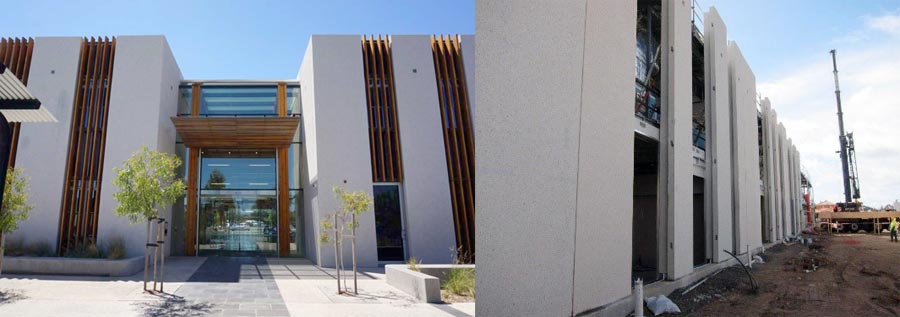Design and development of materials for construction
We are focused on the development of better materials for construction.
We design sustainable, strong, economical and practical materials for constructions. The group is recognised for underpinning the geopolymer and alkali-activated materials technology in both Australia and worldwide, with more than 200 papers on the topic, plus patents, alongside current and past collaborations with industrial partners.
Our research concentrates mainly on concrete kind of materials – the most widely used building material in the world. We design sustainable alternative materials to cement-based concrete, which accounts for 8% of the world’s CO2 emissions. Some of our materials are even carbon negative now due to their design and construction. (For more information, view an article on The Conversation: Greening the concrete jungle: how to make environmentally friendly cement.) These materials comply completely with structural requirements, and are used as any cement-based concrete. However, as these promising materials have not been used much in the market we complement our designed materials studies with a full durability assessment, allowing us to put trust in these materials.
Micro and nano-engineering to control structural behaviour
As our background is a mix of materials engineering and civil engineering, our research approach is to use microstructural knowledge to achieve any engineering requirement. We are very familiar with chemical, microstructural and engineering properties of the materials, specifically developing:
- Geopolymers
- Alkali-activated and Portland cement-hybrid concrete systems
- Waste valorisation based materials
- CO2 storage concretes
From the lab to the field
Thank to our expertise, and our partnership with Zeobond, we have been able to take our materials out from the lab in the market.

